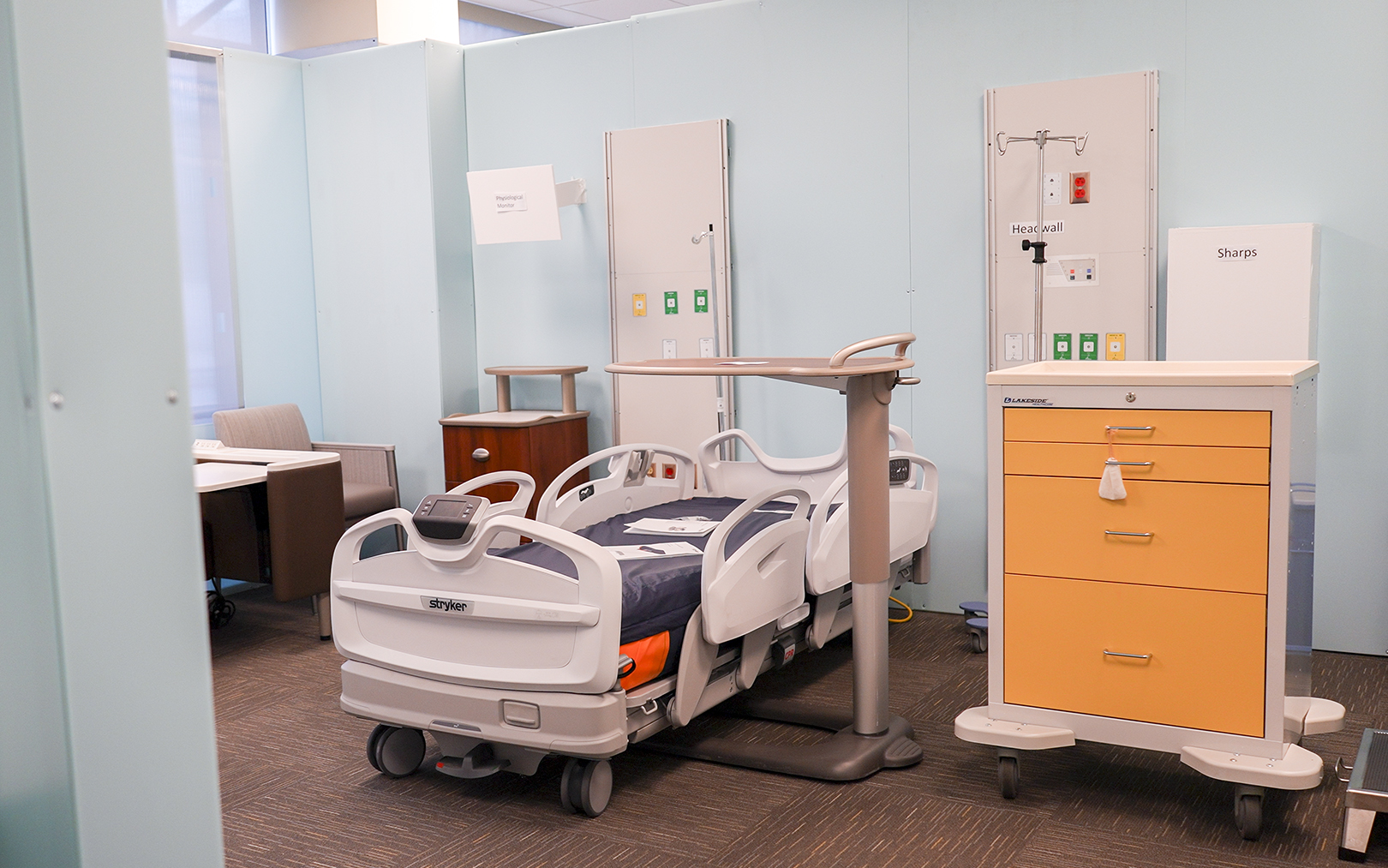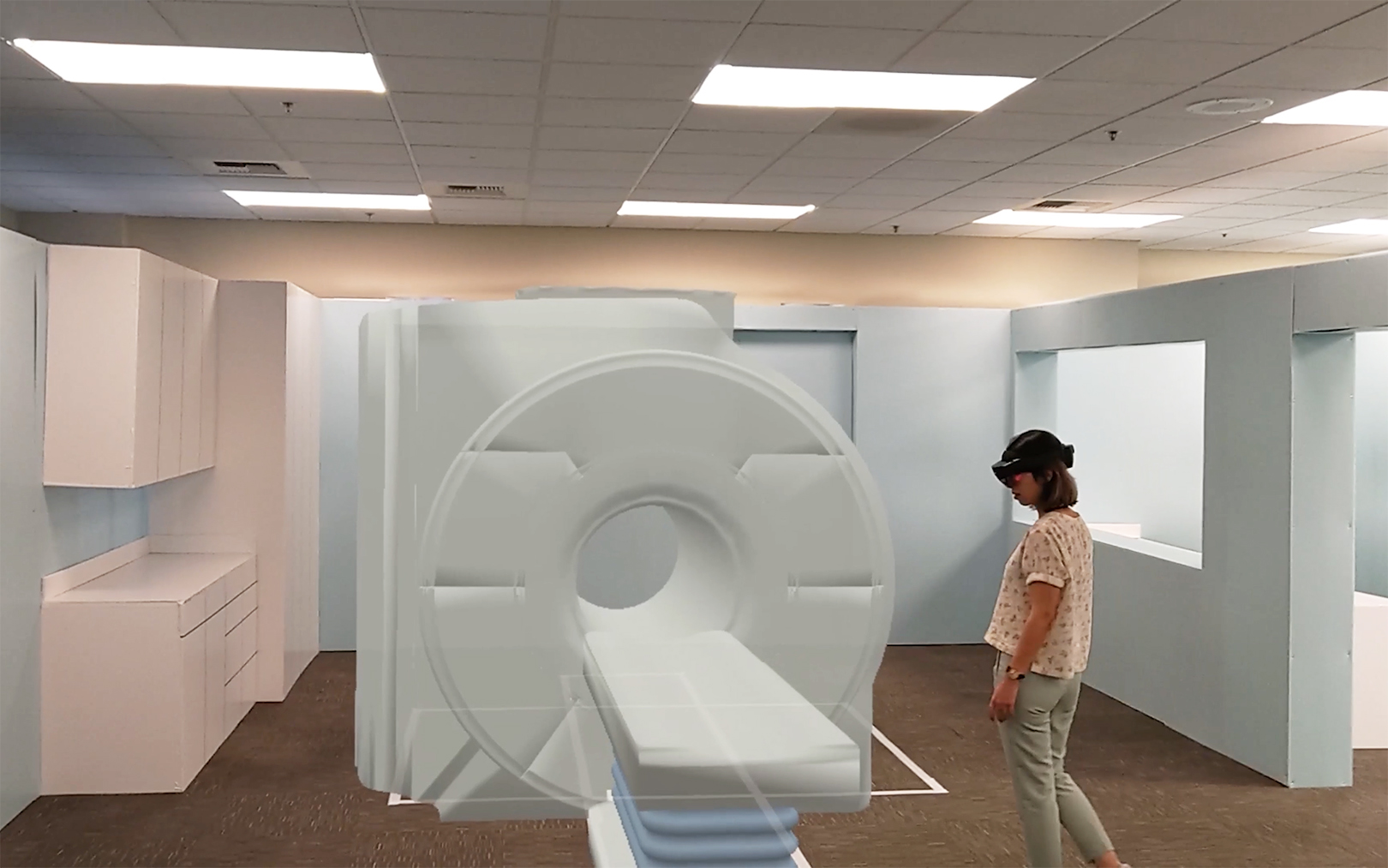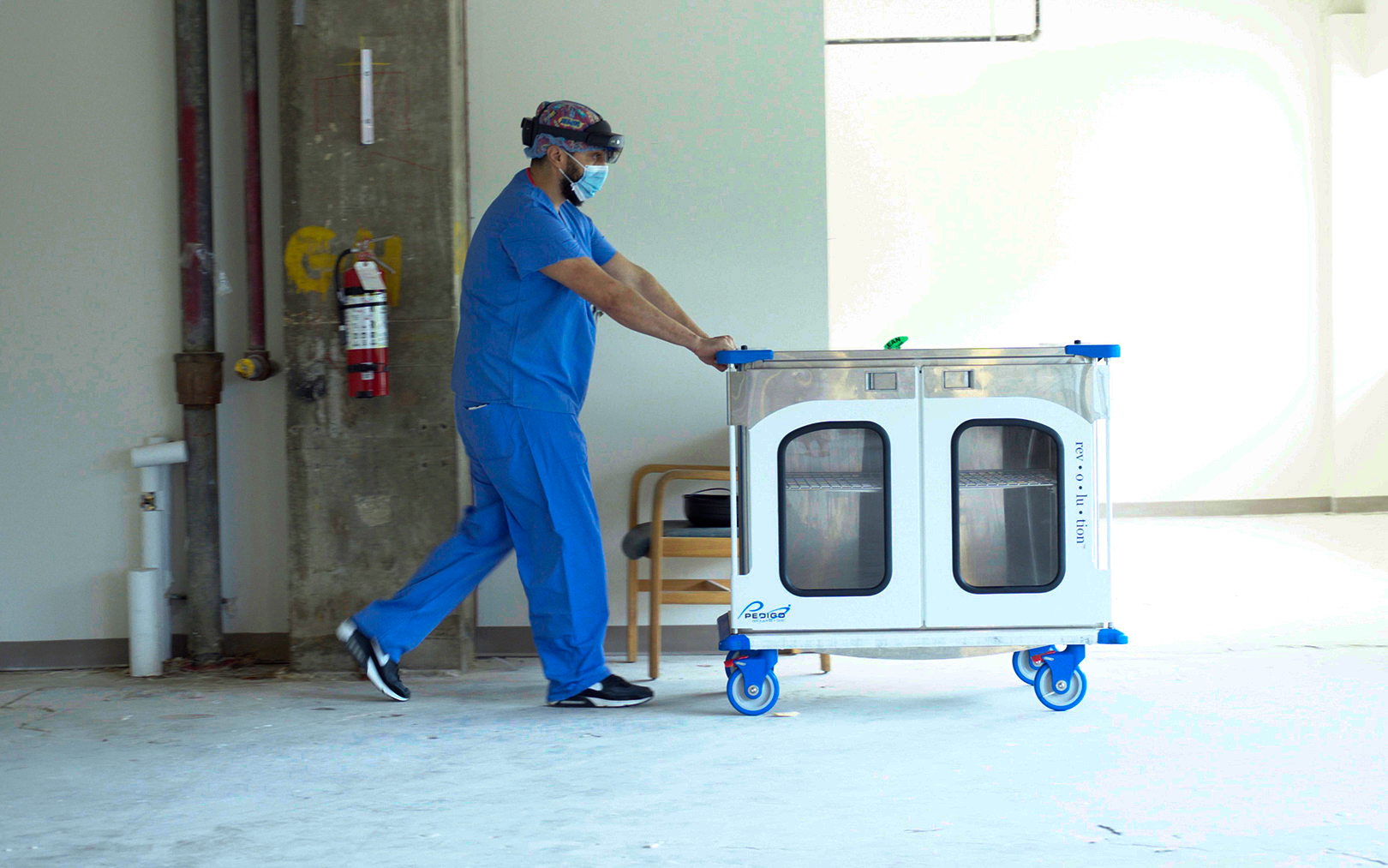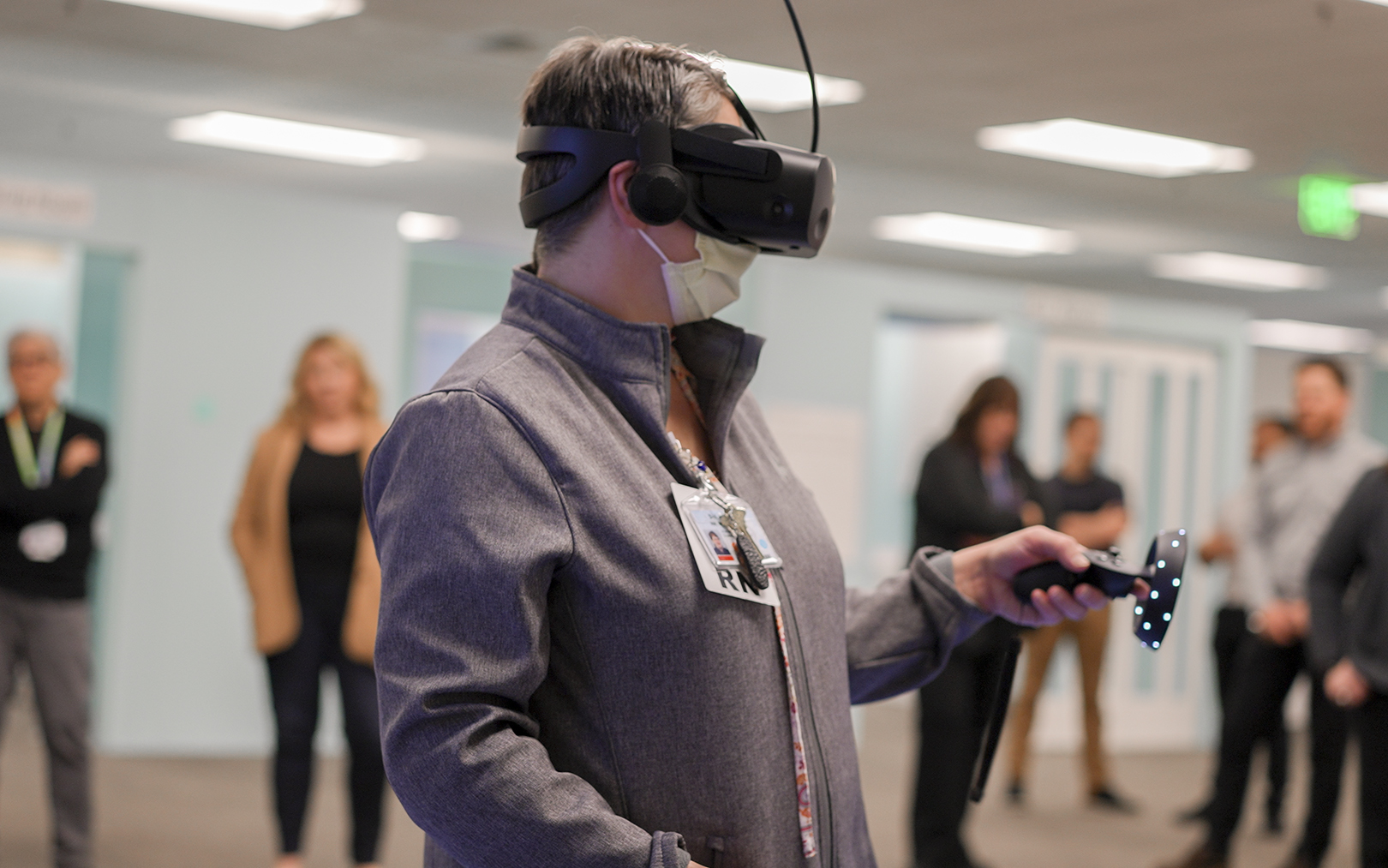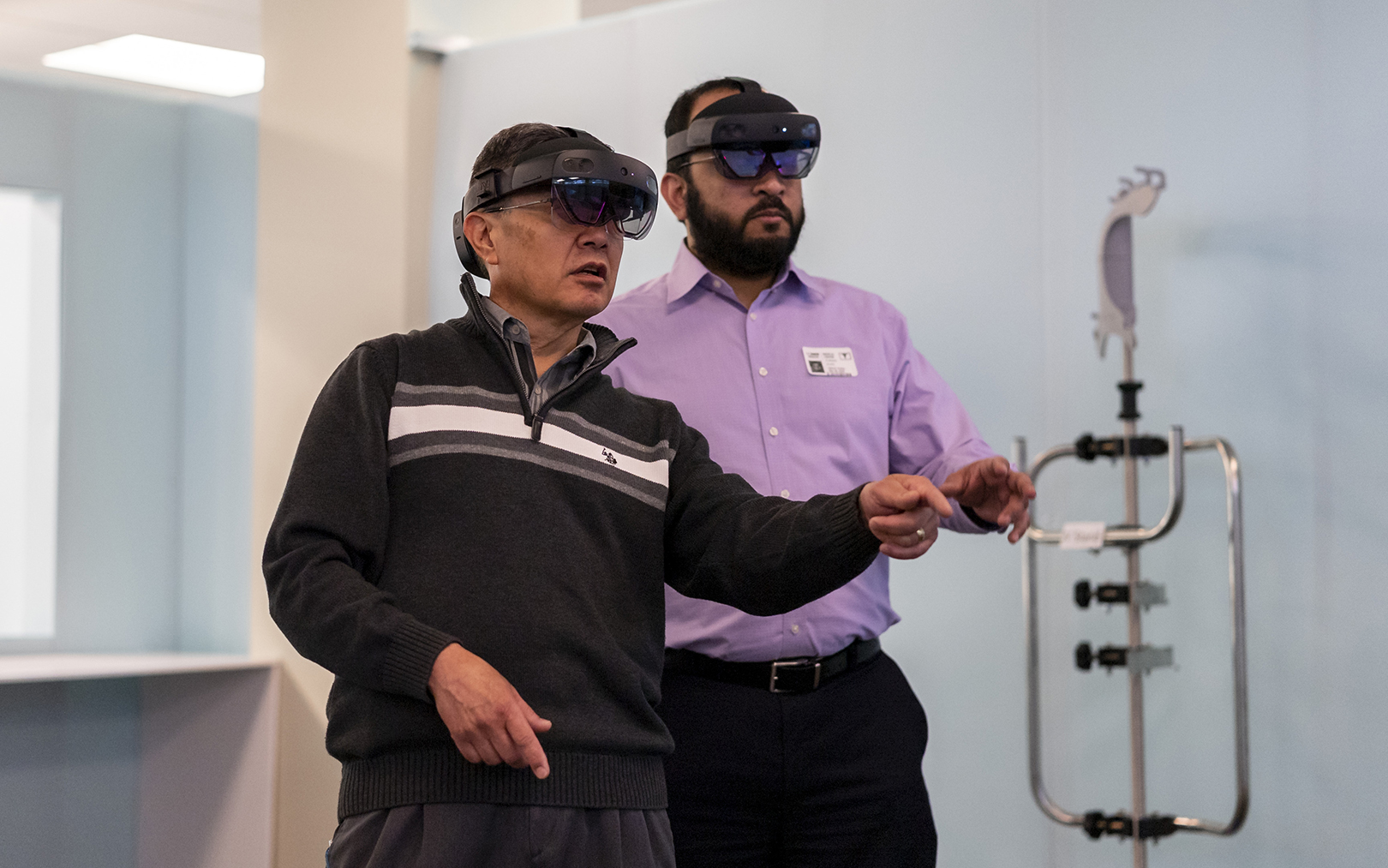VIDEO | Next-Gen Healthcare Design: The Power of AR & VR in the Design Process
Clinicians need no explanation about the importance of effective operations—how a patient room, operating room or emergency department operates can have a substantial impact on patient clinical outcomes as well as HCAPHS scores. Health systems invest heavily in creating detailed operational procedures and ensuring their staff are trained to follow them to the letter, with the dual aims of ensuring that patients always receive the very best care while also protecting the health and safety of their workforce.
A large part of the design process for any healthcare facility is examining how the space will function effectively for its clinicians. Are equipment and supplies in a logical, accessible location? Are sightlines clear for observation while protecting privacy? Can a gurney clear that turn? These decisions and many others are vital to a successful design and must be validated.
Healthcare planners have developed numerous methods for road-testing design with the clinical care team and support service members who will work in the new spaces. For high-stakes environments within an acute care facility, a full-scale cardboard or foam core board mockup is often used to immerse stakeholders in the design to enable them to trial their workflows and provide feedback on the proposed space. Depending upon their scale, these physical mockups can cost hundreds of thousands of dollars and months to construct. And for this type of physical mockup to truly be effective, real furniture and equipment must be sourced or painstakingly recreated—which can be even more costly, or impractical to bring into a mockup. Additionally, the quantity of cardboard or foam core needed creates significant material waste once the mockup is no longer needed.
Immersive Technology in Mockups
An emerging method for more effective, immersive and sustainable mockups are augmented and virtual reality technologies, which SmithGroup has been pioneering in our design process since 2016. Our Technology in Practice group at SmithGroup works with project teams to leverage design model data, typically during schematic design or design development to create the augmented reality (AR) or virtual reality (VR) mockup.
We often use an AR mockup when there’s a discrete real-world space onto which we can overlay digital elements—like a shell space or a partial physical mockup. Users can walk freely through the space, and through the use of head mounted displays, additional information becomes visible to them that is precisely located to match their real-world environment. This allows us to easily visualize large or complex equipment digitally, while still part of a collaborative group discussion. It creates a flexible hybrid environment in which some items can be completely digital, while others are real physical objects. This balance of physical vs. digital is important to calibrate carefully for each project, but when done correctly allows for efficient, accurate feedback.
For a recent renovation, an existing shell space was being developed into a sterile processing unit. As our team worked through design options, the users were concerned that the layout would be difficult to navigate while pushing a surgery case cart. We were able to quickly overlay the proposed space layout digitally in the shell space using AR. The team then brought an actual surgery case cart into the space and walked the floor while navigating digital workstations and storage to confirm the design was functioning properly. What could have been a very difficult issue to confirm for our client was quickly tested with the aid of AR technology.
Mockups in the Virtual World
With virtual reality (VR), we create a complete immersive digital experience that does not require a coordinated real-world environment. VR provides us with great flexibility in how, where and when the experience is presented—it is equally powerful in a conference room, construction site, big room or any other space. Users can walk from space to space in the digital model, move around a room to get a feel for size, equipment layout, sight lines, and spatial quality. Using software popularized by the gaming industry, we can create experiences that allow for the user to interact with the digital elements in VR just as they would in the real world. This further immerses the users, allowing them to grab and maneuver movable equipment like lights, booms, C-arms, or overhead lifts, enabling them to run through their typical workflows while they comment on the space and our design team can observe firsthand.
The Case for Pragmatic Solutions
The enhanced experience AR and VR mockups provide helps users to understand the proposed design more completely. This enables them to provide higher-quality, more precise feedback that our medical planners and healthcare designers then use to consider revisions to the design before the facility proceeds further towards construction. Whereas a traditional physical mockup can be costly to update multiple times, AR and VR mockups can allow for relatively quick changes, offering the ability for iterative user feedback at multiple points in the design process.
The efficient iterative feedback process is especially important in today’s climate of long supply chain delays and inflation. There is a finite window during the design process to incorporate design decisions, after which changes can hinder controlling project costs and preventing construction delays. If design documents have gone to bid or construction is underway, the cost to incorporate changes not only escalates but can rarely be fully made up for in the project budget. Earlier decisions today also enables health systems to lock in more advantageous pricing for construction materials and equipment, as well as ensure they will be available to install in the sequence of construction.
Typically, the advantages of virtual and augmented reality in designing for the built environment are framed as offering efficiency in the design process—quicker aesthetic decisions and lower costs. While both are true, the advantages of AR and VR in the design of healthcare environments go beyond cost and time savings. Soliciting feedback from AR and VR models ensures that these costly facilities are designed for optimal healthy operation over the long-term, enabling the best outcomes for patients.
